The Pivotal Role of Printing Inspection Systems in Security Feature Verification: Ensuring the Authenticity
The importance of security features in printed materials cannot be overstated in an era when counterfeiting and fraudulent activities are on the rise. It is critical to ensure the authenticity of currency, passports, identification cards, and valuable documents. Integrating advanced printing inspection systems is critical for verifying and ensuring the presence and accuracy of security features. The importance of printing inspection systems in ensuring authenticity and preventing unauthorized replication is discussed in this article.
Why Choose Printing Inspection Systems Integrated in Security Feature Verification
The Evolution of Security Features
Traditionally, security features on printed materials have been limited to intricate designs, watermarks, and specialized inks. However, as technology advances, so do the methods used by counterfeiters. To stay ahead of fraudulent activities, printing technology has evolved to incorporate highly sophisticated security features that are often invisible to the naked eye. These features may include holograms, microprinting, UV inks, and color-shifting inks, among others.
The Challenge of Counterfeiting
Counterfeiters are constantly looking for ways to replicate these advanced security features, posing a significant challenge to authorities, governments, and organizations tasked with keeping printed materials safe. Printing inspection systems become indispensable in this situation because they provide a reliable means of verifying the presence and correct implementation of these intricate security measures.
The Role of Printing Inspection Systems
Printing inspection systems are sophisticated technologies that inspect printed materials with extreme precision. These systems assess the quality of printed images, text, and security features using a combination of optical, mechanical, and electronic components. Their function in verifying and ensuring the authenticity of security features is as follows:
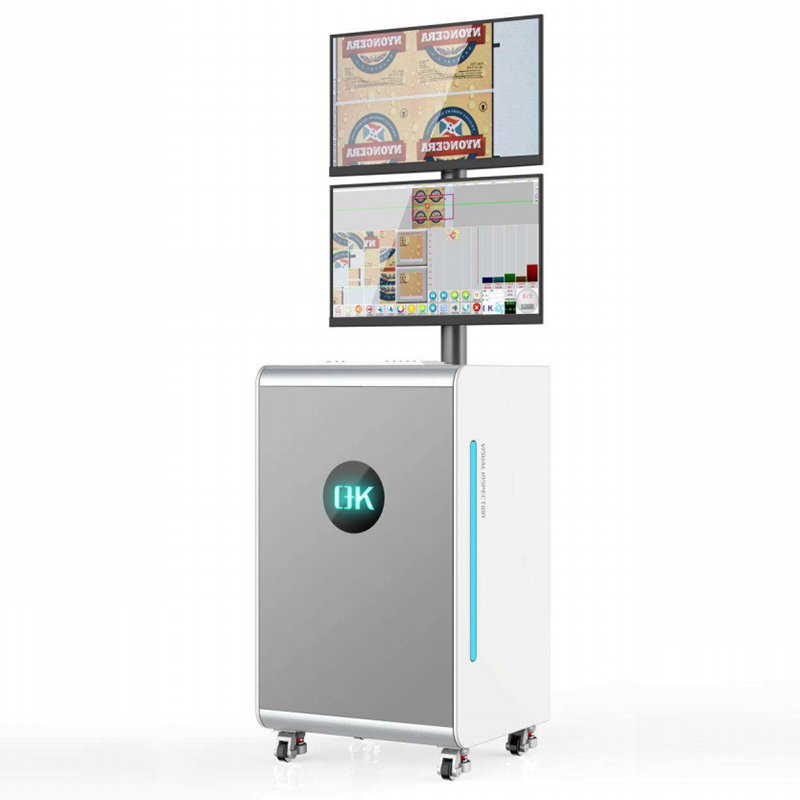
- Detection of Defects
Printing inspection systems thoroughly inspect printed materials for flaws, irregularities, or deviations from the intended design. This includes looking for missing or incorrectly placed security elements.
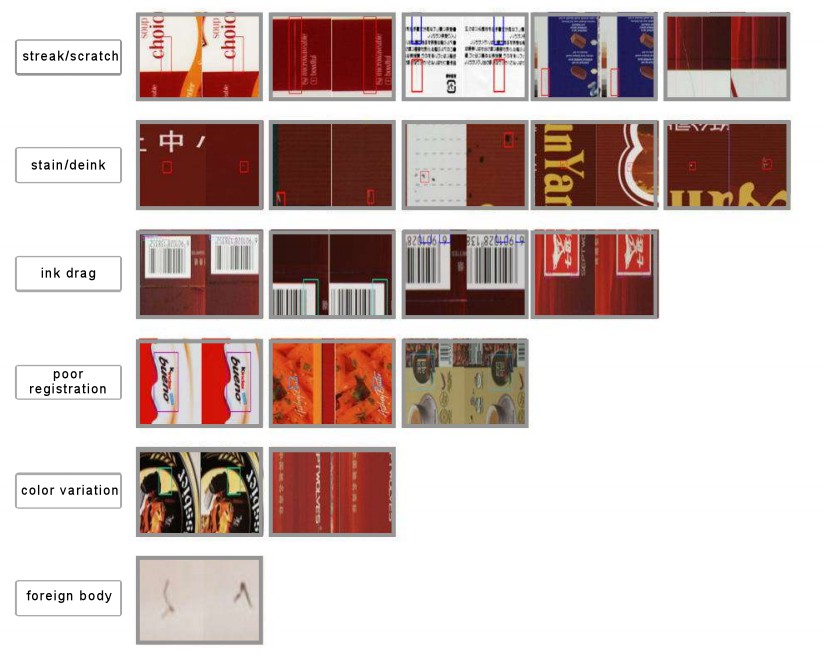
- Verification of Security Features
These systems can detect the presence of specific security features like holograms or microprinting. They ensure that the security elements are accurately reproduced by comparing the printed material to a predefined standard.
- Authentication of Color and Inks
Color accuracy and the authenticity of inks used in security features are assessed by printing inspection systems. This is critical for anti-counterfeit features that rely on color-shifting or UV-responsive inks.
- Fine Detail Inspection
Because security features frequently involve intricate details, printing inspection systems excel at inspecting fine details that are difficult to assess with the naked eye. This includes the verification of complex patterns, watermarks, or hidden images.
- Real-time Monitoring
Many printing inspection systems offer real-time monitoring during the printing process. This enables immediate identification and correction of any issues, reducing the likelihood of substandard or compromised materials entering circulation.
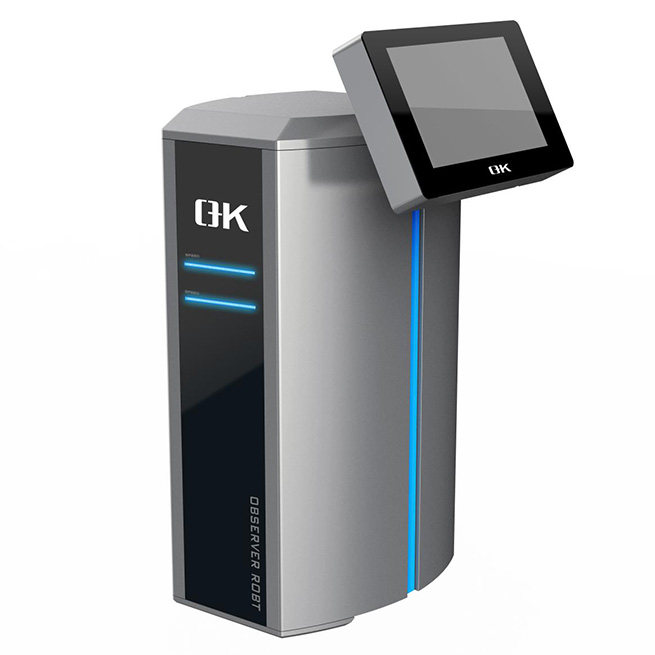
What are the Key Benefits of Printing Inspection Systems in Security Feature Verification
1. Reduced Risk of Unauthorized Replication
Printing inspection systems reduce the risk of unauthorized replication by scrutinizing printed materials for adherence to specific security standards. This is critical for document integrity and preventing the spread of counterfeit or forged items.
2. Prevention of Security Feature Omissions
Security features are frequently incorporated into the overall design of documents. Printing inspection systems help to prevent unintentional omissions of these features, ensuring that every printed item contains the security elements required for verification.
3. Consistent Quality Control
Inspection systems for printing are critical for security printing to maintain a consistent level of quality control. They help with this by ensuring that security features meet predefined standards and are consistent across all printed materials.
4. Adherence to Industry Standards and Regulations
Printing quality inspection machine aids in ensuring compliance in industries where specific security printing standards are mandated. This is especially important in industries where regulatory security standards must be met, such as government-issued documents.
5. Minimized Risk of Fraud
The accurate verification of security features minimizes the risk of fraudulent activities. This includes attempts to alter or replicate documents for unauthorized access, financial gain, or other illicit purposes.
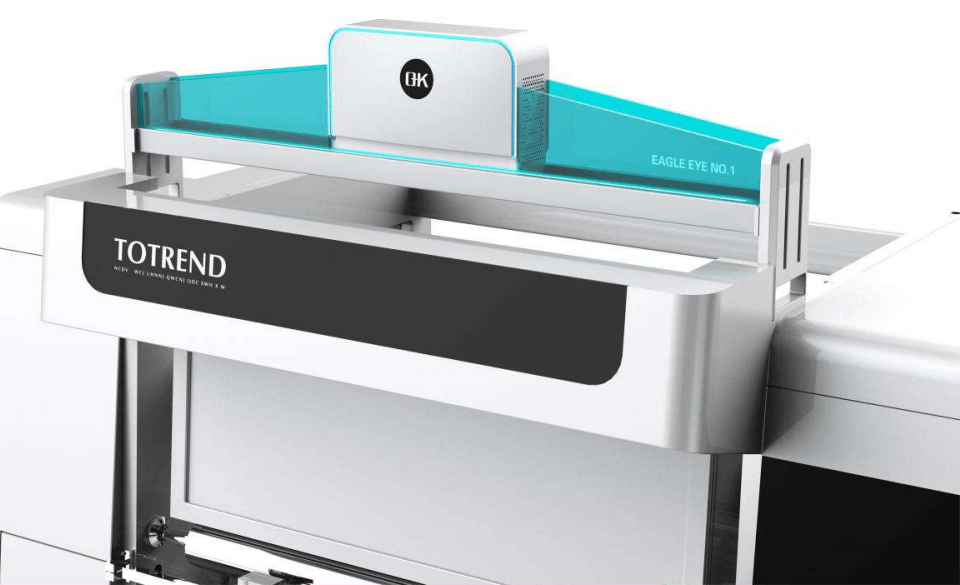
6. Increased Trust in Document Integrity
For institutions, businesses, and government entities, utilizing printing inspection machine instills confidence in the integrity of their printed materials. This trust is vital for maintaining public confidence and preventing reputational damage.
7. Efficient Resolution of Printing Issues
Real-time monitoring and immediate identification of security feature issues enable efficient resolution. This ensures that any problems with the security features are addressed promptly, minimizing the potential impact on the overall authenticity of the printed materials.
8. Protection Against Document Tampering
Printing inspection systems contribute to protecting against document tampering by ensuring that security features, which may include tamper-evident elements, are intact and correctly implemented.
9. Enhanced Overall Security
The integration of printing quality inspection systems elevates the overall security of printed materials, making it more challenging for individuals or entities to compromise the authenticity of documents through unauthorized replication or alteration.
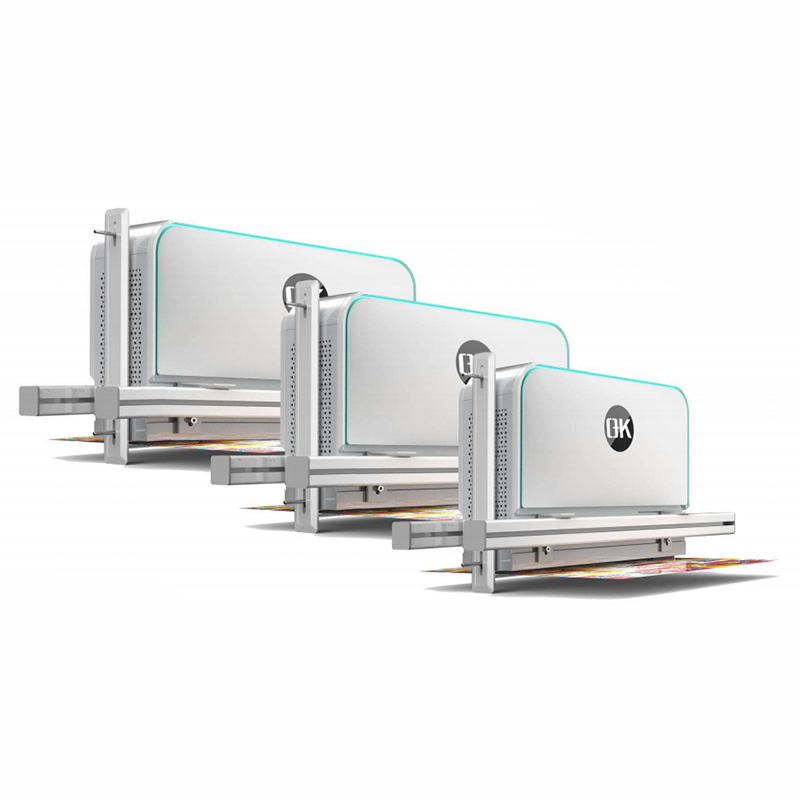
Conclusion
The role of printing inspection systems is critical in the ever-changing landscape of security printing. These cutting-edge technologies not only confirm the presence and accuracy of security features, but they also contribute to ongoing efforts to ensure the authenticity of printed materials. As technology advances, the collaboration of cutting-edge inspection systems and innovative security features will be critical in staying one step ahead of counterfeiters and ensuring the integrity of critical documents and valuable items.


